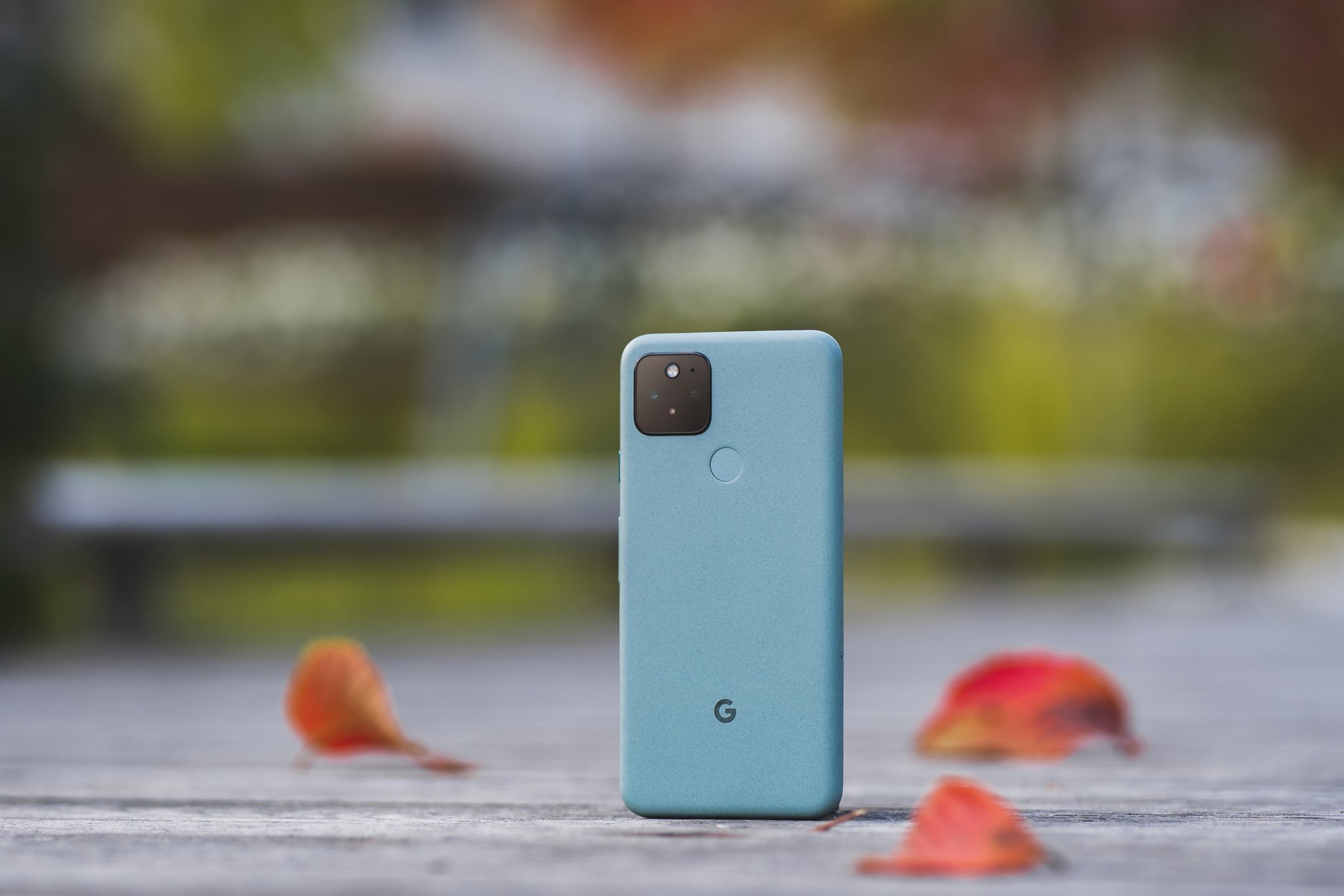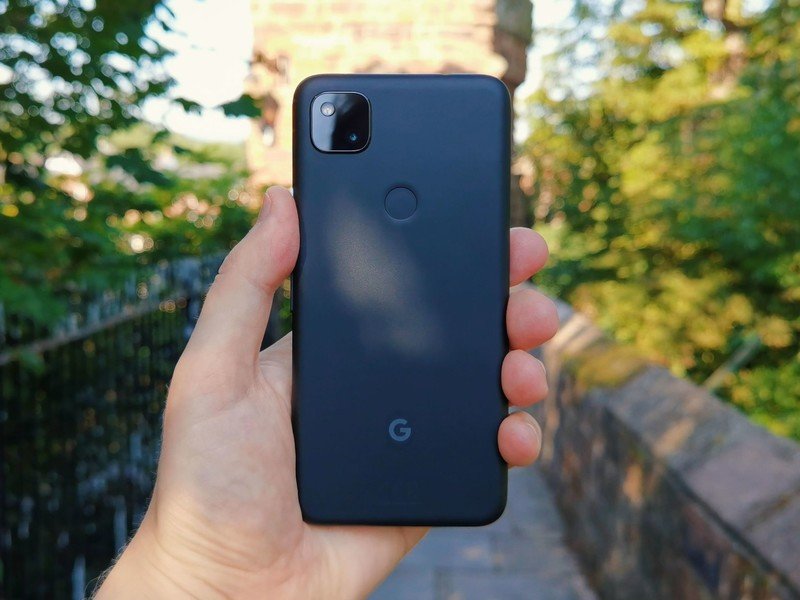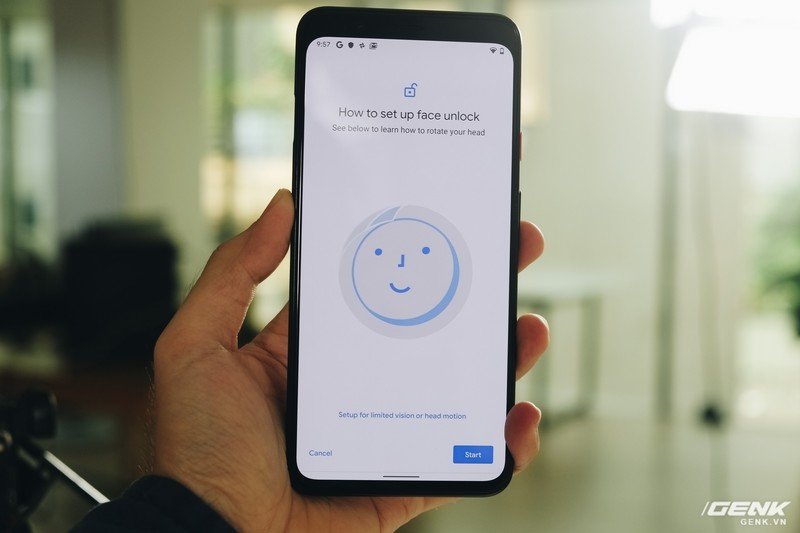Google may never make a flagship phone again, and that's a good thing

I hate the word flagship. It's a fine word to describe a company's best product, but the way it gets thrown around when talking about tech makes it meaningless. Unfortunately, it's really the only way to describe the top-tier category of mobile devices in a way everyone understands. So we all use it.
In that context, I want to talk about Google and its place among the most flagship-ish best phones. Specifically, how Google didn't offer one in 2020, and how that's a really smart move by a company that is slowly but surely increasing its hardware revenue.
The only words worse than Flagship Phone are Flagship Killer.
Google shipped three new Pixel phones in 2020 and none of them qualify as flagships according to Android enthusiasts: the Pixel 4a and 4a 5G, and the Pixel 5. That wasn't an accident, and any conspiracy theory about Google being unable to source flagship hardware is dumb and wrong. It primarily shows that Google just doesn't care about making $1,000 phones anymore — or at least right now.
To be fair, very few people were buying $1,000 Pixel phones in the first place. It's a popular search term and Android Central gets a fair amount of web traffic from Pixel phones, but in the world outside the Android tech bubble even Verizon has difficulty time selling expensive Pixel phones.
I'm betting that most people don't see $1,000 worth of value in a Pixel phone.
Nobody really knows what millions of other people are actually thinking, but I have a good idea of why expensive Pixel phones don't sell very well: Pixels are designed to be simple and it's hard to see $1,000 worth of value in something simple. Apple can do it, but these days spends a lot of time telling us about processor performance and camera specs. I still think Apple could sell $1,000 phones without trying to justify the price because it's Apple and its customers are fiercely loyal.

Google never really did that. When a new Pixel is released we hear about the Android version and new software features more than we do about the display tech or the processor. Presenting your products this way and seeing an inexpensive Pixel 4a coming with the same software features as the Pixel 4 throws the value proposition into a tailspin. The Pixel 4a costs just $350 and is an amazing deal. The Pixel 4 started at $800. Both phones do the same great things Google told us about in a YouTube video.
The $699 Pixel 5 has the same feature set that a $999 Pixel 5 would have.
This is why Google making a $699 Pixel 5 makes so much sense. You have the same features (don't come at me, I know there are a few differences in the software) like an amazing camera or a good display, plus the quarterly Pixel Drop updates across the line. But the Pixel 5 offers wireless charging, an aluminum body, a better display, and water resistance for $350 more. More importantly, it offers 5G on every carrier, which aside from "pandemic" is the big buzzword of 2020.
Be an expert in 5 minutes
Get the latest news from Android Central, your trusted companion in the world of Android
Google didn't need to differentiate between the two by dropping a Snapdragon 865+ or UFS 2.1 storage into the Pixel 5 because doing that increases the price by a good bit. Google built a phone around a specific price point and wasn't afraid to skip the hardware bells and whistles that a simple phone doesn't really need.

I wouldn't buy a Galaxy Note 20 Ultra with a Snapdragon 765G processor. The Note does so much more than the Pixel and while a Snapdragon 865 might be overkill, it needs a faster CPU and faster read/write for storage because it has more features running on it. It's easier to see $1,200 worth of value in a Note 20 Ultra than it is to see $900 (the original MSRP for each) worth of value in a Pixel 4 XL even with the fancy Soli chip and 3D face unlock.
Google only sells hardware to draw you into its software ecosystem.
Google is and always will be a software company. Every piece of hardware it sells is designed to bring you deeper into its software ecosystem. The Pixel 5 does an amazing job of doing it without all the things that a flagship phone "needs" to have in 2020. During a water cooler discussion recently, AC's own Michael Allison put it best: "The best part of any Pixel phone is invisible to users." He's right because a Pixel depends on software magic to make slower CPUs or old camera tech work beautifully.
I'm hoping the days of the Pixel team pretending it can compete with Samsung or OnePlus on the hardware front are over for good. I'd much rather have a cheaper Pixel with the same features and a healthy dose of that invisible magic every year.

Jerry is an amateur woodworker and struggling shade tree mechanic. There's nothing he can't take apart, but many things he can't reassemble. You'll find him writing and speaking his loud opinion on Android Central and occasionally on Threads.
